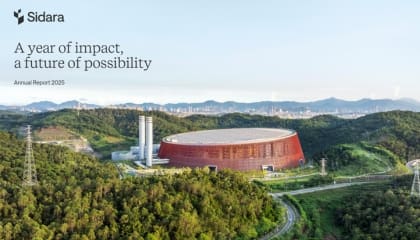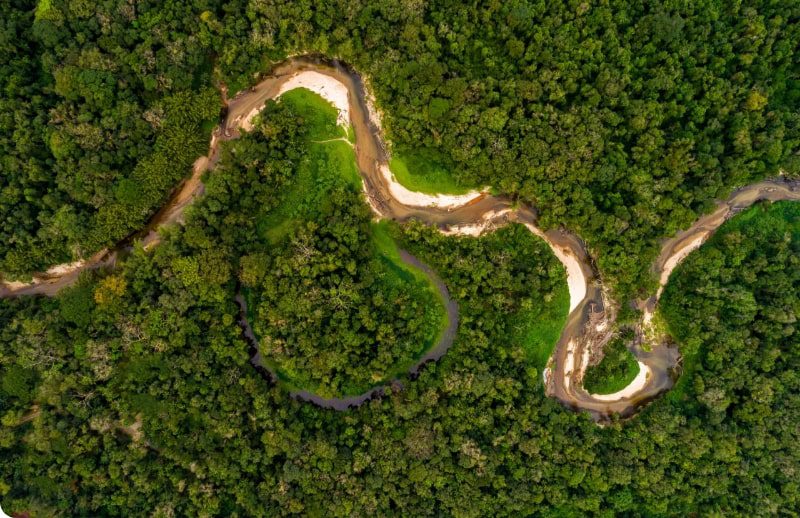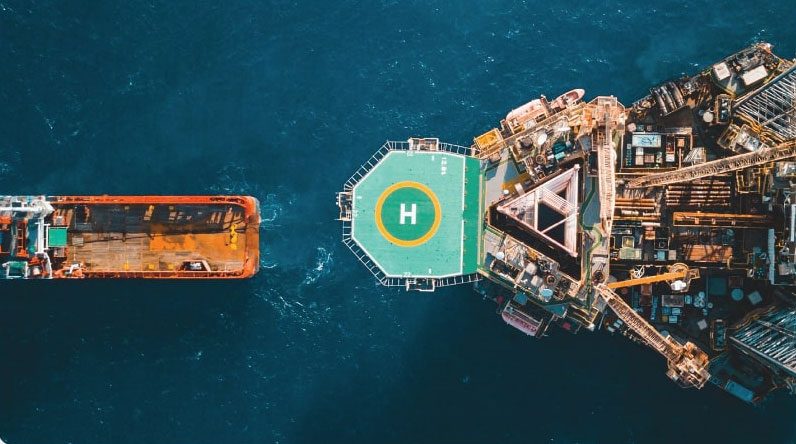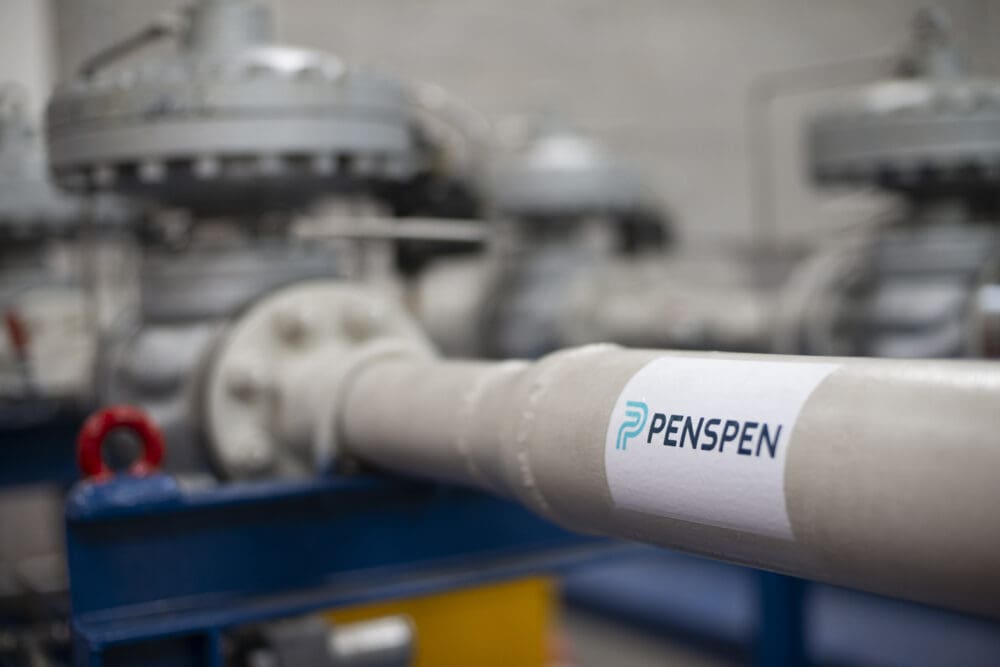Hydrogen is being pursued by the energy industry in the UK and abroad at present as a means to replace or reduce the amount of carbon dioxide emitted through the burning of natural gas. When hydrogen is burned, it produces only water, whereas the burning of natural gas produces carbon dioxide and water. It is this property that makes it desirable for combating climate change as the total emissions of greenhouse gases can be reduced.
Most hydrogen produced today is produced using steam reforming of natural gas – however, this method of hydrogen production produces significant amounts of greenhouse gases and is not green. For hydrogen to reduce the amount of carbon dioxide released into the atmosphere hydrogen must produced in a green manner, for instance via electrolysis powered by renewable energy.
To pursue this method of combating climate change, numerous countries have begun trials and preliminary studies investigating the feasibility of injecting hydrogen into their existing natural gas supply networks. The conversion of natural gas transmission networks from pure natural gas to a mixture of natural gas and hydrogen constitutes a change in the way these assets are operated, as such, the change must be managed.
This article aims to discuss the application of Quantitative Risk Assessment (QRA) to hydrogen and to discuss the salient points that should be considered when undertaking a QRA on hydrogen assets.
Download Technical ArticleRelated Insights

Penspen Appoints New Head of Asset Integrity for East Region
Penspen, a leading global engineering consultancy, has appointed Nicholas Molnar as Head of Asset Integrity – East Region. Nick joined Penspen in 2024 as Senior Pipeline Integrity Engineer, and...

Sidara Annual Report 2025
2024 was a landmark year for Sidara. Just one year after launching our unified global brand, we’ve seen extraordinary progress across our network – a testament to the talent, resilience and...

Halo Capital and Penspen Partner to Advance Landmark Helium and Hydrogen Projects in Australia
Memorandum of Understanding sets foundation for engineering and project management of Hussar and Mt Winter energy developments Halo Capital has partnered with global engineering consultancy Penspen...

Penspen Awarded Mowaamah Certificate for Commitment to Inclusive and Accessible Work Environments in Saudi Arabia
Penspen has been awarded a bronze Mowaamah certificate by the Kingdom of Saudi Arabia’s Ministry of Human Resources and Social Development (MOHRSD), recognising our commitment to creating inclusive...




